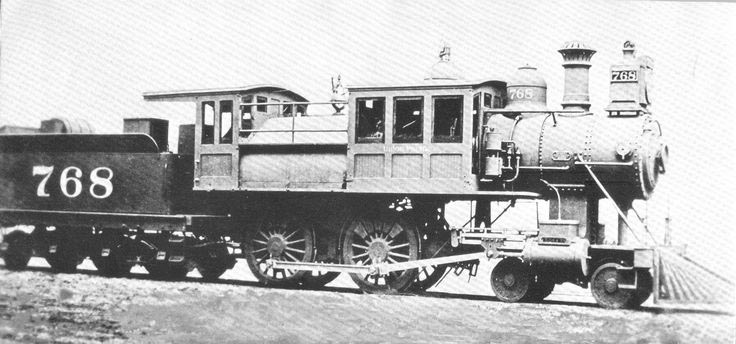The Great Shohola Train Wreck of the Civil War
By the summer of 1864, while union troops were advancing deeply into Georgia, northern prisons were overflowing with confederate prisoners The Erie railroad was enlisted to help move prisoners from point lookout Maryland to Elmira, New York. On July 15 1864, locomotive engine 171 pulling 17 passenger and freight cars carrying 833 confederate soldiers and 128 union guards moved along at 20 miles per hour. Engine 11 was classified as “an extra” indicating it ran behind a scheduled train; a common way to move additional cars with minimum paperwork. The scheduled train, West 23, displayed warning flags to indicate another train was following. However, engine 171 was delayed leaving Jersey City while locating several missing prisoners and again while waiting for a drawbridge, it arrived at Port Jervis 4 hours behind West 23.
Meanwhile a coal train heading toward Lackawaxen for the spur connection to Honesdale requested permission to proceed. The station telegraph operator, Douglas “Duff” Kent seeing that West 23 had passed, cleared the coal freight to continue and their fate was sealed. Around 2:45 the trains collided at King and Fillers Cut. Many of the wounded were taken to the Shohola Glen Hotel (now Rohmans Bar & Grill) for medical attention. There were so many mangled bodies that the confederate dead were buried alongside the wreck in a communal grave. The union soldiers were given individual coffins. The final tally was 787 confederate soldiers delivered to Elmira. On June 11, 1911 the confederate dead were disinterred and brought to Elmira’s Woodlawn Cemetery in another common grave. Their names inscribed on two bronze plaques affixed to a single stone monument. Names of union dead face north while the confederates face south.
A complete satisfactory account of those killed is inconclusive. Estimates range from 60-72 not including the two Johnson’s from North Carolina who died from injuries and are buried in the churchyard at Barryville. There are 5 unaccounted prisoners who are said to have escaped. Legend has it that there were many local residents opposed or just tired of the war and that they helped to keep the prisoners hid from authorities. They are reported to have integrated themselves to the community easily since the war ended shortly thereafter.
Follow us on Instagram and Facebook @PoconoSecrets Visit www.LAGuzda.com or www.PoconoSecrets.com for past articles.


